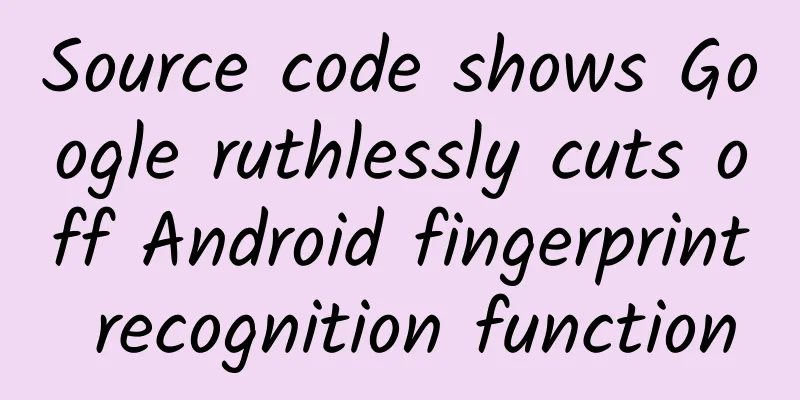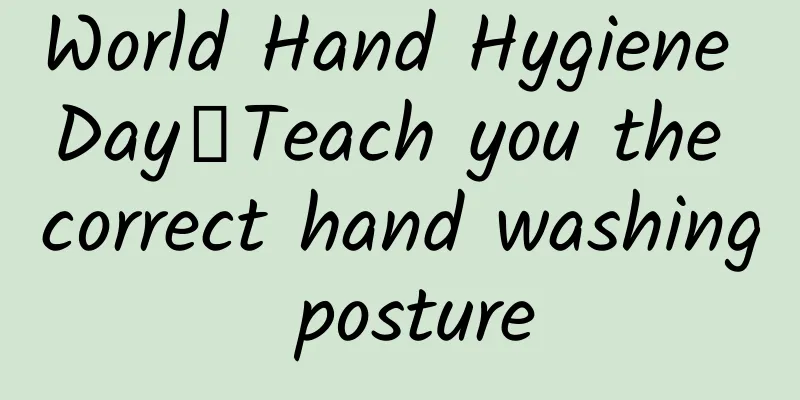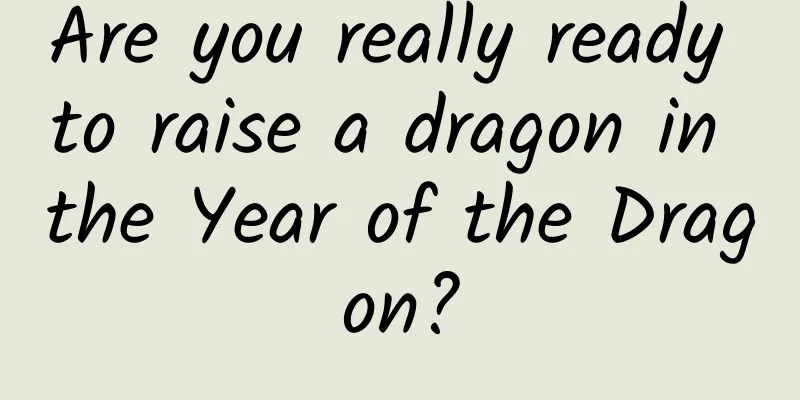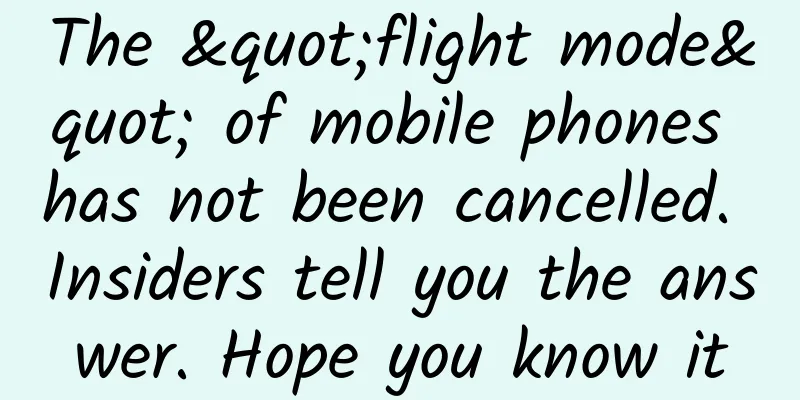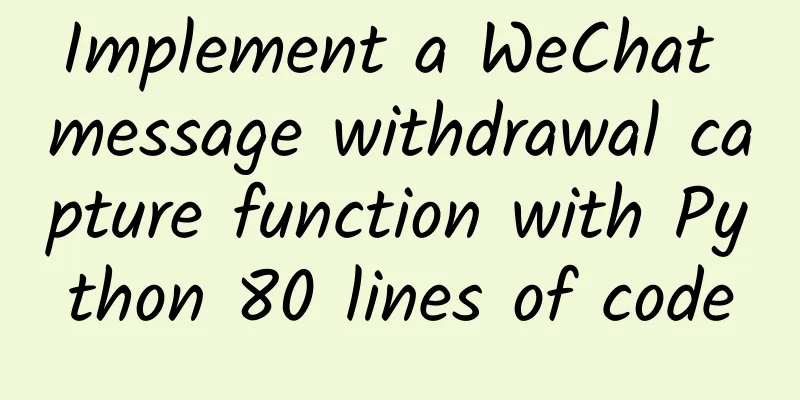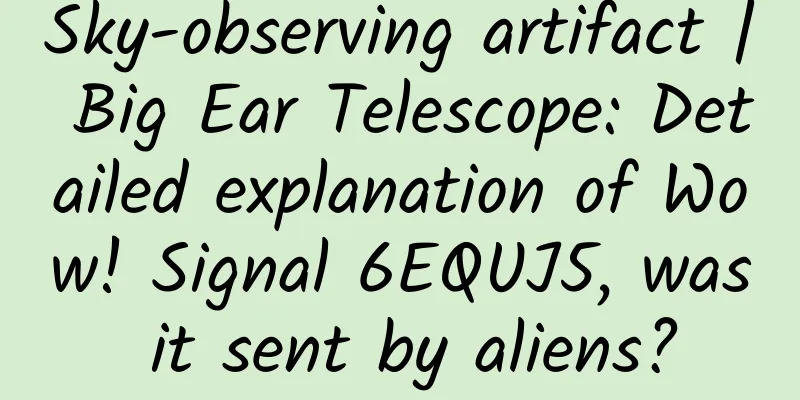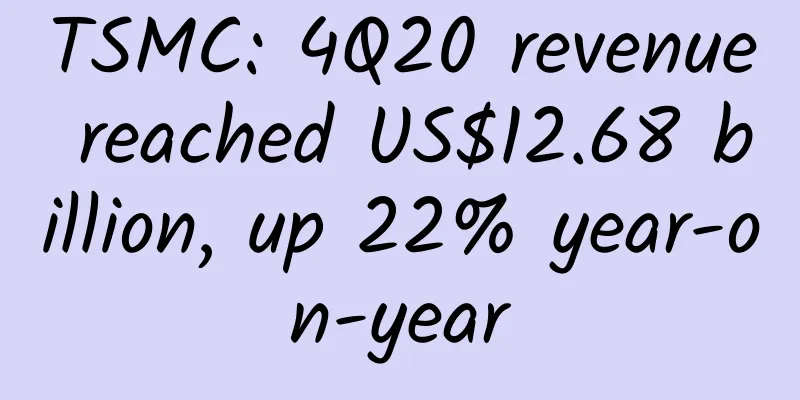Some evil spells in programming languages, never use them
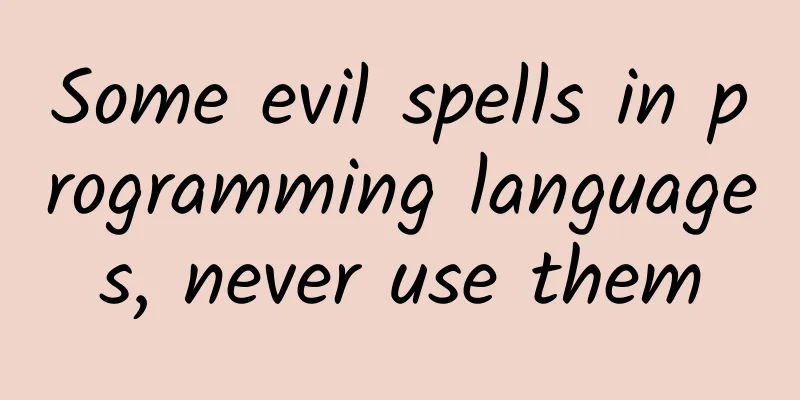
|
Ever since I watched Gary Bernhardt's highly regarded video Watt, I've been amazed at the weird behaviors of certain programming languages. Some programming languages behave more unexpectedly than others. For example, there are entire books devoted to edge cases and oddities in Java. Likewise, you can read the C++ specification for about $200. Below is a collection of my favorite, surprising, hilarious, and still-effective spells. Generally speaking, taking advantage of these oddities is seen as a bad thing, as code shouldn't be unexpected. Thankfully, there are plenty of linters ready to laugh at you if you try most of the following silliness. Having said all that, knowledge is power, so let's get started. The evil reassignment of True in Python 2
Thankfully, this will cause a SyntaxError in Python 3, since True, False, and None are now reserved words. It's still far less evil than the C++ shenanigans that snuck #define true false into a standard header file on a coworker's development machine. Examples of weird behavior in Java and Python The semantics of == are often confusing to new Java programmers. Even in trivial situations, the inconsistencies of this operator can complicate matters, even if the performance benefits are worth it.
The JVM will use the same reference for values in the interval [-128, 127]. Even stranger, the same behavior exists in Python.
So far, nothing particularly surprising.
It seems that the lower limit that the Python interpreter uses for the same example is... -5. Integers in the interval [-5, 256] have the same ID. Somehow this gets even weirder.
It seems that using destructuring assignment changes the rules here. I'm not sure why this is the case. In fact, I asked a question on Stack Overflow to try to understand it. My guess is that repeated values in a list refer to the same object to save memory. Inverted subscript notation in C Reversed subscript notation is a headache for all developers.
The reason this works is that array[index] is really just syntactic sugar for *(array + index). Due to the commutative nature of addition, we can swap the arrays and the indices and get the same result. The "reciprocal" operator in C The –> operator looks like a syntax error when you first see it. It looks like an undocumented language feature until you realize it compiles. Fortunately, it is neither.
The –> “operator” is really two operators, parsed in this context as (x–) > 0. It is well known that heavy use can lead to confusion, and it is simply evil. sizeof operator in C The sizeof operator is a compile-time operator, which gives it interesting properties.
Since the sizeof operator example is evaluated at compile time, (x += 1) will not run. Another interesting fact is that research shows that printf("wtf?") is the most common code that is not pushed. Lua, Smalltalk, MATLAB and other languages, indexed starting at 1 /r/programminghumor has been having fun with the "indexing starts at 1" meme. A shocking number of programming languages use array indexing starting at 1. A more comprehensive list can be found here. 0 in Ruby is considered true … and only Ruby. * In Ruby, this is the case. *
* edit: It was pointed out on reddit that this is true for Lua, Lisp, and Erlang as well. * EDIT: Someone on Reddit pointed out that this also holds true in Lua, Lisp, and Erlang. Trigraph, Digraphs, and Tokens in C Trigraph, Digraph and Token in C For historical reasons, non-alphabetic symbols in the C language have substitutes.
Some foreign devices, such as the IBM 3270, do not provide certain commonly used symbols in C/C++, so digraph, trigraph, and token are provided to avoid excluding specific character sets. |
<<: Three amazing technical experts I met during my programming career
>>: Apple is still considering whether to completely rebuild Siri
Recommend
If metal iron is polished to be very smooth, can it be used as a mirror?
Mirrors are common items in our lives. Traditiona...
Google's robotics ambitions blew
According to Bloomberg Businessweek, Google's...
How to make users addicted to your product? These 4 steps are required
What would happen if users fell in love with prod...
Alipay has made the right move by entering the social networking market through social networking
For Alipay , it is neither trying to build a comm...
Apple iPhone is not “popular in China”. Will domestic users buy it?
At 11:01 tonight, the previously low-key red iPho...
Android P status bar changed to only display 4 notification icons: make way for the notch screen
As Android P adds support for the notch screen, a...
Dapeng Education-Sketch Improvement Course
Dapeng Education-Sketch Improvement Course Resour...
Weekly crooked review: Since it’s Black Friday, let’s have fun with it
I was surprised to hear a great piece of good new...
What? Cockroaches can also make oil? Cooking oil!
What? Cockroaches can also make oil? Cooking oil?...
"Prince Diary" - School is back! What was written on the "leave note" over 3,000 years ago?
At the beginning of September, the autumn breeze ...
Google blocked 780 million low-quality ads last year
Friends who are familiar with Google know that th...
What should we pay attention to when using Tik Tok’s self-service massive Qianchuan brand promotion? How to create a massive promotional video for Tik Tok?
Douyin merchants can set up self-service delivery...
Android Framework Problem Analysis Case - Who Killed the Desktop?
The opportunity to write this article is due to a...
The love-hate relationship between humans and microorganisms
Author: Zhang Zhetao, The First Affiliated Hospit...
![[Longtou Taishan] "Longtou Daily Limit Code Course and VIP Information" Bottom First Board Strategy PDF Article](/upload/images/67cbffcd32c03.webp)

